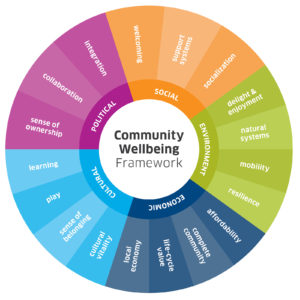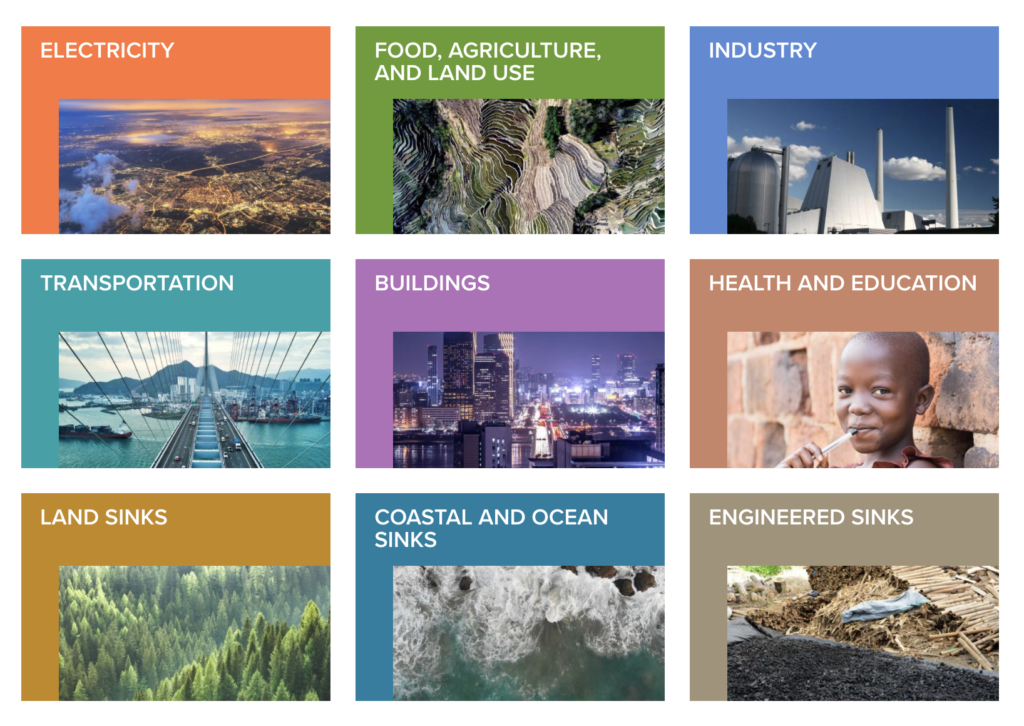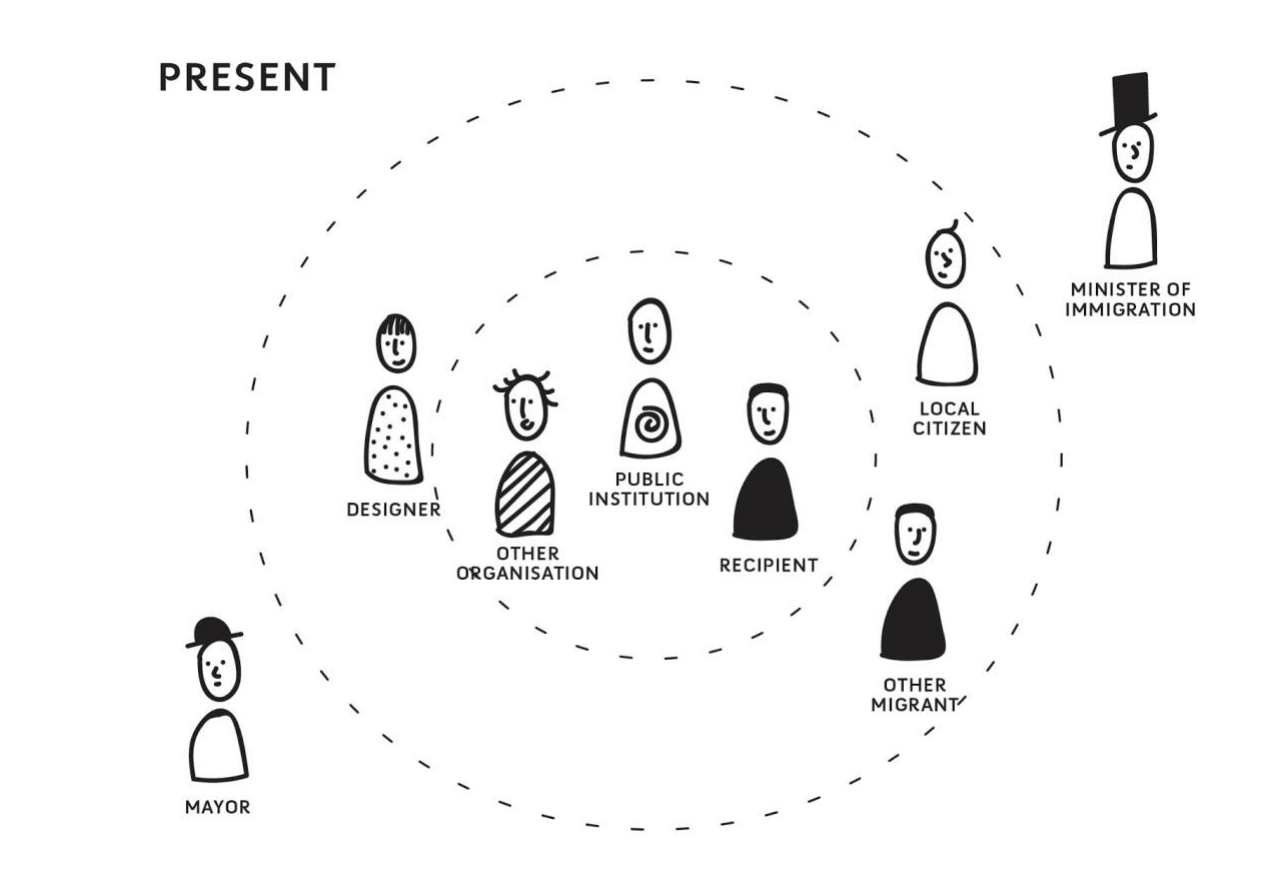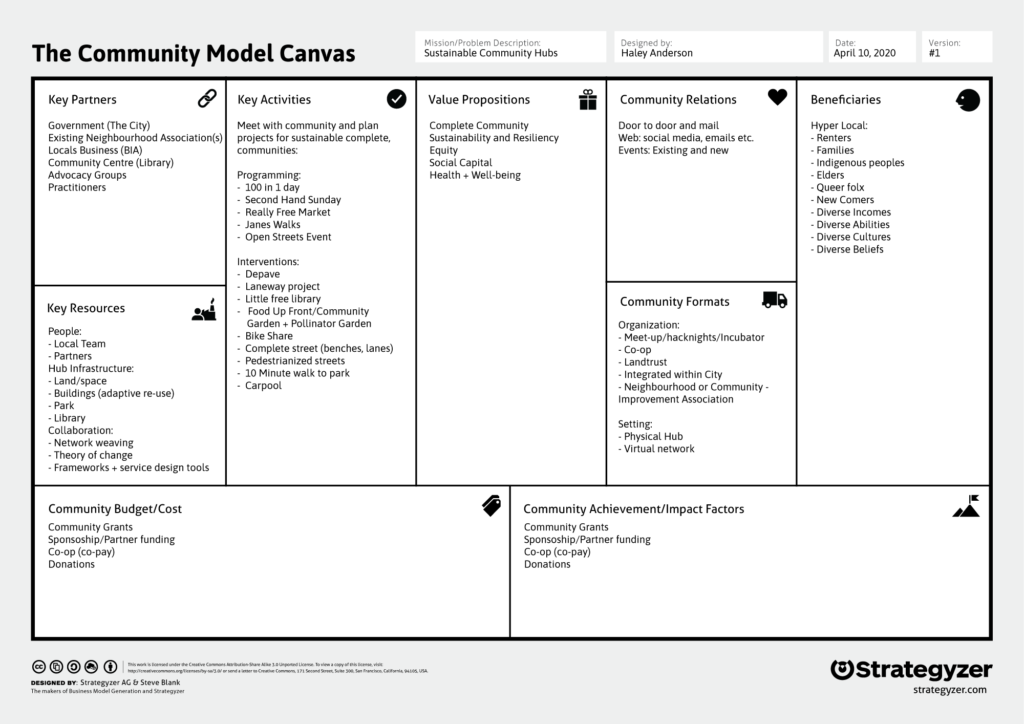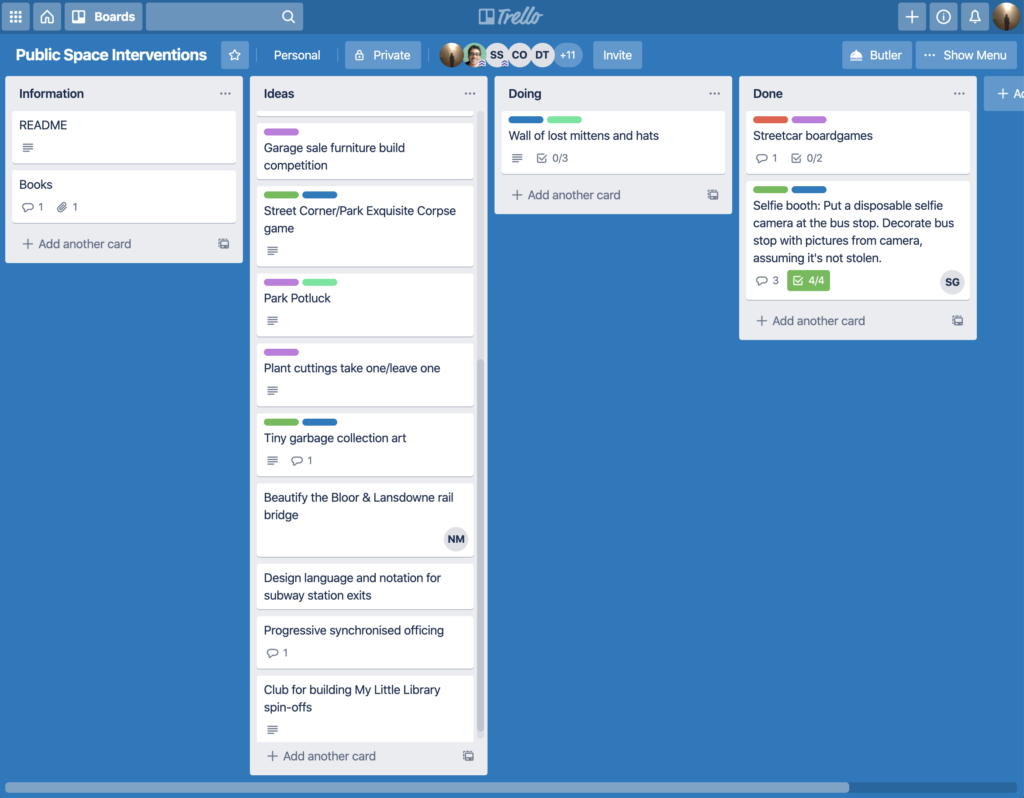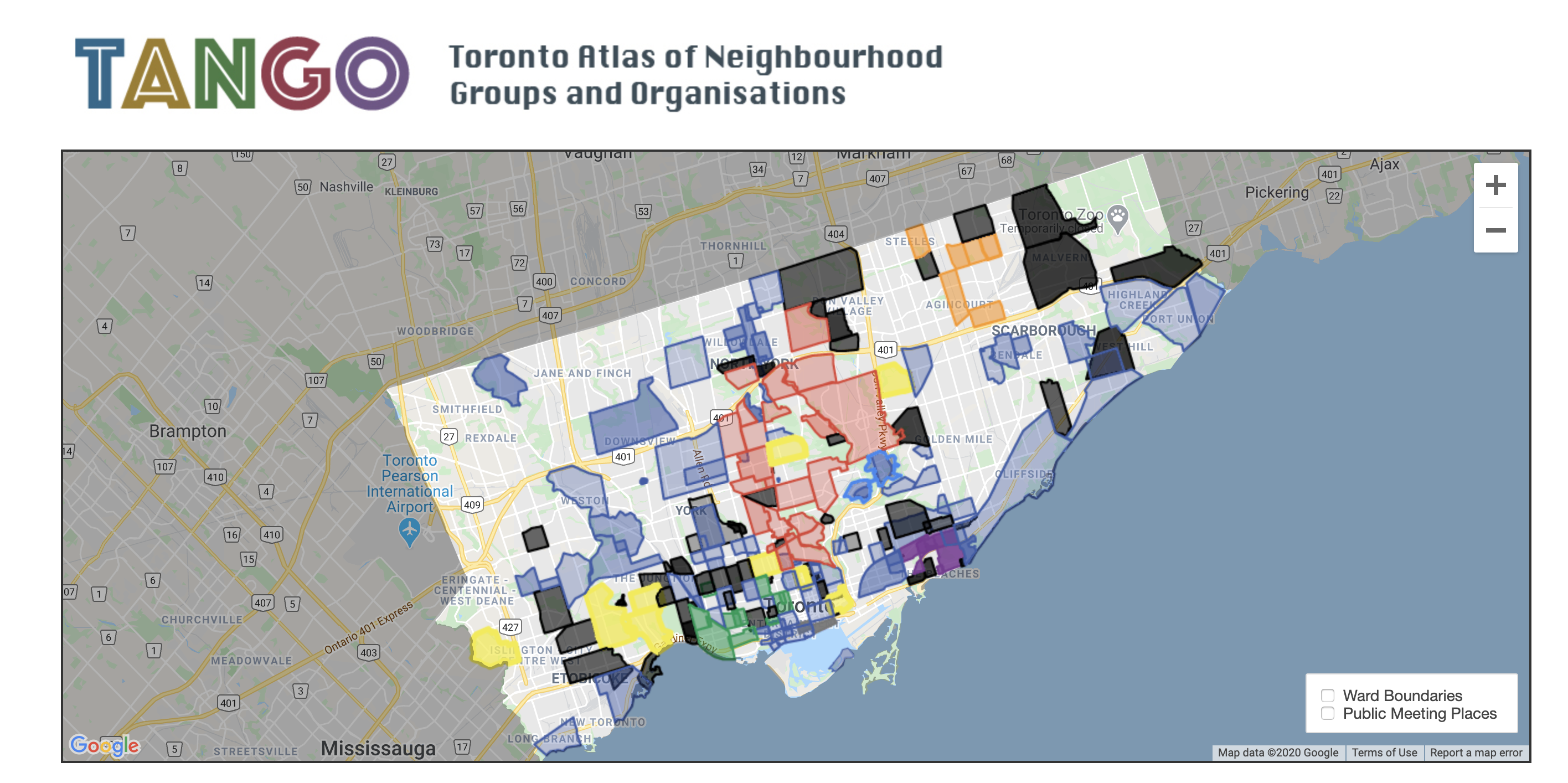Sustainable
Community Hubs
Featured Project
Welcome to the Sustainable Community Hub resource dashboard! This platform supports community leaders and innovators in creating positive, local, change through collaborative action. There are a plethora of great ideas out in the world, so why can’t we bring these home? Where do we begin? How do we bring sustainability to our communities?
This hub focuses on Toronto in some cases, but much of the process can be translated to different locales. This by no means is a 100% comprehensive collection of services and tools. It attempts to be a curated starting place for you to build off of. If you would like to share anything that you think should be included, please do!



